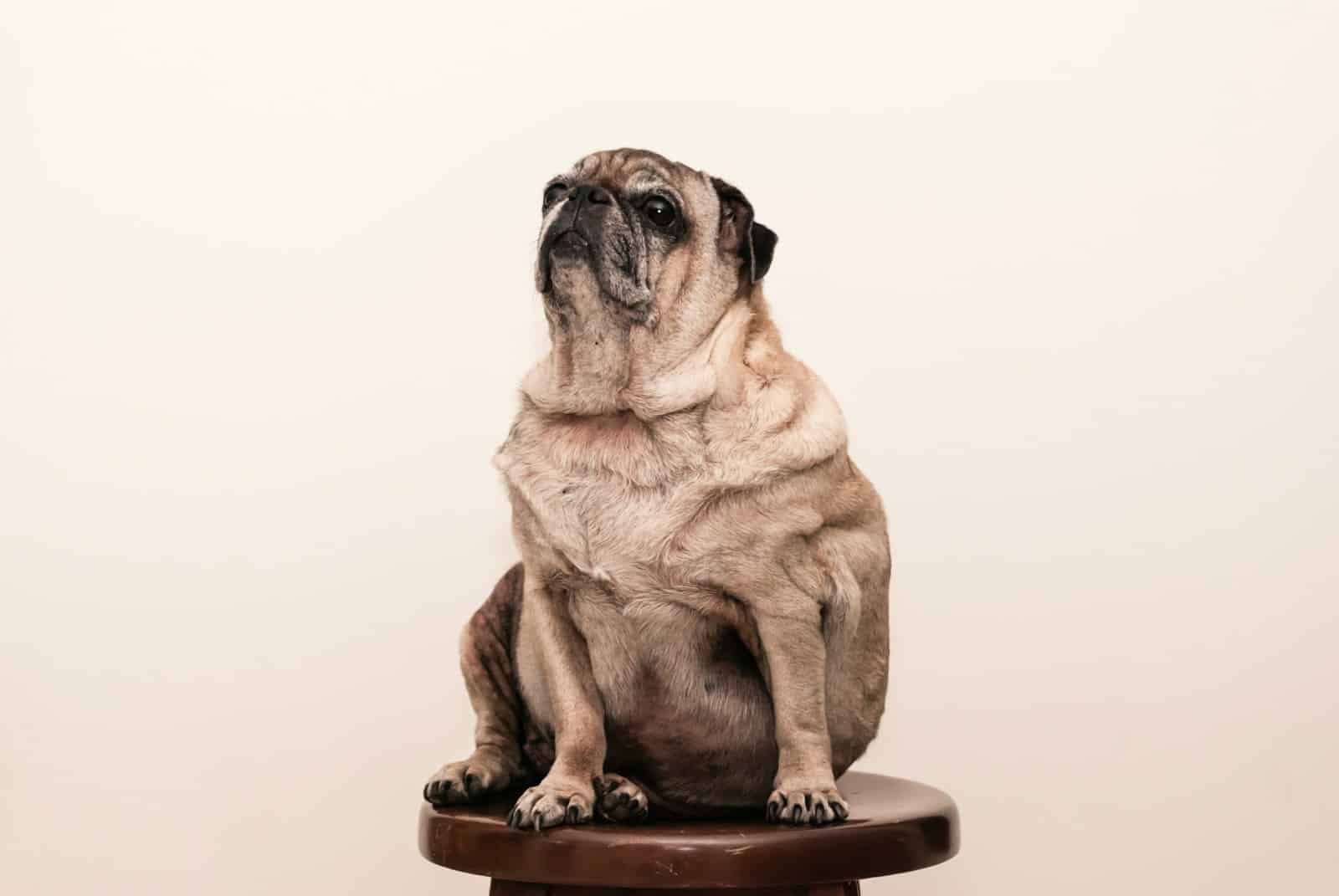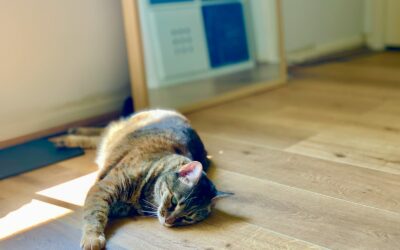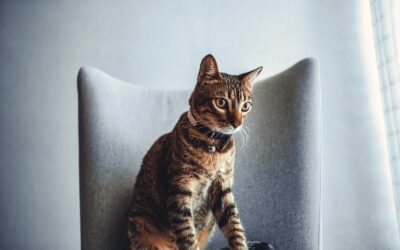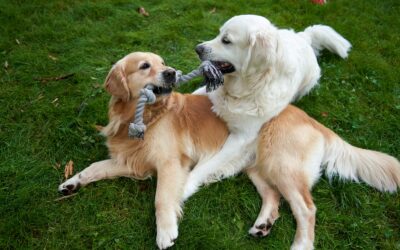In recent years, the sight of obese animals has emerged as a prevalent health concern not just for humans but for our furry companions as well. The image of a plump kitty or a pudgy pooch may evoke temporary amusement or affection, but the harsh reality is that obesity in animals can lead to serious health problems and a decreased quality of life. In this comprehensive guide, we’ll explore the causes and risks of obesity in pets, and offer actionable strategies for pet owners to help their beloved animals achieve a healthier weight.
Understanding the Scale of the Problem
Obesity is defined as an abnormal or excessive fat accumulation that presents a risk to health. In pets, as in humans, obesity occurs when the energy intake from food significantly exceeds the energy expended through exercise and normal metabolic processes. This condition not only diminishes the vitality of our pets but also predisposes them to a myriad of health issues.
Recognizing Obesity in Pets: Criteria and Guidelines
Recognizing obesity in pets is the first step towards addressing this growing concern. Unlike humans, where body mass index (BMI) is a common metric for determining obesity, pets require a different set of criteria to assess their body condition.
Veterinarians often use a Body Condition Score (BCS), which is a scale that helps determine if an animal is underweight, at an ideal body weight, overweight, or obese.
The BCS typically ranges from 1 to 9 or 1 to 5, depending on the scale used. An ideal score is in the middle of the range, indicating a healthy body weight. Animals are considered overweight when they score above the ideal and obese when they reach the highest numbers on the scale. The evaluation is based on several physical characteristics:
-
Ribs: In a pet with an ideal body condition, you should be able to feel the ribs easily under a thin layer of body fat. In obese pets, the ribs are difficult to feel due to excessive fat covering.
-
Waist: Viewed from above, a pet should have a noticeable waist behind the ribs. An obese pet will have little to no waist definition.
-
Abdomen: The abdomen should tuck up from the ribcage in a pet with a healthy weight. An obese pet will have a more rounded abdomen, lacking this upward curve.
Understanding these criteria and regularly assessing your pet’s body condition are crucial for early detection of obesity and subsequent intervention. Consulting with a veterinarian for an accurate evaluation and guidance is essential for any owner concerned about their pet’s weight.

The Health Risks of Obesity in Pets
The consequences of excessive weight in animals are manifold, impacting nearly every aspect of their well-being:
-
Joint disorders: Extra pounds put additional pressure on an animal’s joints especially seen in an obese dog with no weight maintenance, which can lead to arthritis and deteriorate the overall mobility of your pet.
-
Diabetes: Obesity is a significant risk factor for diabetes mellitus in cats and dogs, a condition that can be costly to manage and requires lifelong care.
-
Heart disease: Overweight pets are at a higher risk of developing heart disease due to increased cardiac workload and elevated blood pressure.
-
Reduced lifespan: Perhaps the most heart-wrenching consequence of pet obesity is its potential to shorten the lives of our companions significantly.
Obesity in pets can lead to a myriad of health issues that significantly impact their quality of life and longevity. Overweight animals are at a higher risk of developing chronic conditions such as diabetes mellitus, which requires lifelong management and can lead to further complications. Joint problems, including arthritis, are also common in obese pets due to the extra weight placing undue stress on their bones and ligaments.
This can result in decreased mobility, pain, and further decrease in physical activity, exacerbating the problem of obesity.
Heart disease is another concern, as obesity carries an increased risk because of the workload on the pet’s heart, potentially leading to congestive heart failure. Respiratory difficulties can arise, too, as excess fat in the thoracic cavity limits the expansion of the lungs, making it difficult for the animal to breathe, especially during exercise or stress. Additionally, overweight pets are more prone to certain types of cancers and may have a reduced immune function, leading to an increased susceptibility to infections.
Overall, the health effects of obesity in pets can lead to a decrease in both life expectancy and the quality of life, emphasizing the importance of maintaining a healthy weight through proper diet and regular exercise to lose weight.
Tackling the Root Causes of Obese Animals
Combatting obesity in pets requires understanding its primary causes:
-
Overfeeding: Providing pets with too much food or too many high-calorie treats is a common culprit.
-
Lack of exercise: A sedentary lifestyle is harmful to pets. Regular physical activity is crucial to maintaining a healthy weight.
-
Medical conditions: In some cases, underlying health issues may contribute to weight gain. It’s important to consult a veterinarian to rule out or treat these conditions.
A Plan of Action for Pet Owners
Here are actionable steps and other weight loss strategies to help your pet shed excess weight and promote a more vibrant, active lifestyle:
Implement Portion Control
Consult with a veterinarian to determine the appropriate calorie intake for your pet based on its species, age, size, and activity level. Use measuring cups to serve the recommended food portions to avoid overfeeding.
Choose Nutritious Food
Select high-quality pet food that matches your pet’s nutritional requirements. Look for products with high protein content and low fillers to keep them fuller for longer, thus preventing overeating.
Increase Physical Activity
Incorporate regular exercise into your pet’s routine. Try engaging toys for cats to encourage movement, and daily walks or runs for dogs. Adjust the intensity and duration based on your pet’s health status and stamina.
Monitor Progress
Keep track of your pet’s weight and body condition. Regular veterinary check-ups will help adjust the weight loss plan as necessary and ensure no adverse health effects arise.
Educate Yourself and Others
Learning about the dangers of pet obesity and sharing this knowledge is pivotal. Advocate for healthy pet practices in your community and social circles to raise awareness.
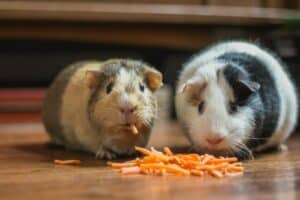
Maintaining a Healthy Diet for Pets
Ensuring our pets maintain a healthy diet is vital to prevent obesity and associated health complications. A balanced diet tailored to the life stage, health status, and activity level of the pet is crucial. Here are key considerations for keeping our pets on a nutritious and balanced diet:
Quality Over Quantity
Select high-quality commercial pet foods that meet the nutritional standards established by the Association of American Feed Control Officials (AAFCO). These products have undergone testing and research to ensure they meet the specific nutritional needs of pets at different life stages.
Understanding Pet Food Labels
Learning to read pet food labels can provide insight into the quality of the product. Look for foods where the first ingredient listed is a source of high-quality protein and excess energy calories (e.g., chicken, beef, or fish). Avoid foods with excessive fillers, artificial colors, and preservatives.
The Importance of Water
Always provide fresh, clean water for pets, as hydration is an essential component of a healthy diet. Water aids in digestion, nutrient absorption, and temperature regulation.
Consult with a Veterinarian
Veterinarians can offer guidance on the best diet for your pet based on their individual needs. They can recommend adjustments to the diet for pets who have an increased body weight, have dietary sensitivities, or suffer from health conditions requiring a special diet.
Treats in Moderation
While it’s tempting to indulge our pets with treats, they should be given in moderation. Treats and snacks should only constitute a small percentage (less than 10%) of the pet’s daily food intake.
Regular Monitoring and Adjustment
Pets’ nutritional needs change with age, health status, and activity level. Regularly monitoring their weight and body condition, and adjusting their diet accordingly, is essential in maintaining their optimal health.
By prioritizing a healthy diet, we can contribute significantly to the longevity and quality of life of our pets. A nutritious diet, combined with regular exercise, is the foundation of a healthy, happy life for our furry companions
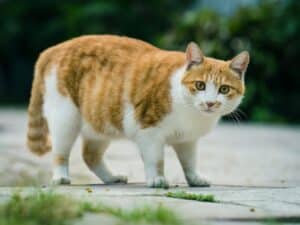
Diet Recommendations for Obese Dogs and Obese Cats
For your dog’s weight, choosing the right food is critical in managing their weight and improving their health. A diet formulated for weight management typically contains fewer calories, yet still provides all necessary nutrients to avoid any deficiencies. Here are some points to consider when selecting food for obese dogs and cats:
High-Protein, Low-Fat Foods
Select pet foods that are high in protein but low in fats. Proteins are essential for maintaining muscle mass while losing fat, and they help pets feel fuller for longer. Look for diets where protein sources, such as chicken, turkey, or fish, are listed among the first few ingredients.
Fiber-Rich Ingredients
Foods with increased fiber content can aid in weight loss, as fiber promotes a feeling of fullness, helping pets eat less throughout the day. However, it’s important to strike a balance, as excessive fiber can lead to other issues, such as reduced nutrient absorption and gastrointestinal problems.
Specialized Weight Management Diets
Many pet food brands offer specialized formulas designed for weight management. These products are formulated to provide a balanced diet with reduced calories. They often include L-carnitine, a nutrient that has been shown to aid in fat metabolism, helping pets more efficiently burn fat while preserving muscle tissue.
Portion Control and Feeding Schedule
Even with weight management foods, controlling the portion size and sticking to a regular feeding schedule are key. Feeding pets two to three times a day at set times, rather than free-feeding, allows pet owners to closely monitor their pet’s food intake and adjust portions as needed based on weight loss progress.
Consultation with a Veterinarian
Before changing your pet’s diet, especially for conditions as serious as obesity, consult with a veterinarian. They can recommend specific weight management products that suit your pet’s individual health needs and monitor their progress throughout the weight loss journey.

Importance of Gradual Transition from Weight Gain to Weight Loss
When introducing a new diet, a gradual transition over several days is crucial to prevent gastrointestinal upset. Start by mixing a small amount of the new food with the current food, gradually increasing the proportion of the new food while decreasing the current food over a week.
By carefully choosing a diet tailored for weight management and monitoring portion sizes, pet owners can significantly contribute to their pets’ weight loss and overall health. Combined with regular exercise, these dietary adjustments can help overweight dogs and cats reach a healthier weight, improving their mobility, vitality, and quality.
Customized Walking Plans to Promote Pet Weight Loss
At Kate’s K9 Pet Care, we recognize that every pet has unique needs and capabilities, particularly when it comes to fighting obesity. That’s why we offer customized walking plans tailored to each pet’s specific needs, age, and fitness level. Our objective is to provide a personalized approach to exercise that not only helps pets lose unnecessary weight but also enhances their overall health and mood.
Final Thoughts
Our pets rely on us for their health and well-being. While addressing obesity in our animals requires effort and commitment, the rewards—a happier, more energetic companion and potentially fewer health issues—are well worth it. By recognizing the signs of obesity early and taking proactive measures, we can ensure our pets lead long, healthy, and joyful lives.
Remember, it’s not about having the slimmest pet on the block but about fostering a lifestyle that supports the overall health and happiness of our furry family members.

